
Accreditation
NAIL | World Day 2025

Accreditation
This event will no longer be available from May 8th
Introduction
.jpg&w=640&q=75)
Introduction to Nail World Day 2025
Inflammatory
Matilde Iorizzo, Michela Starace, Nejib Doss

Nail unit psoriasis: a clinical overview
Sushil Tahiliani MD
Nail psoriasis & Nail Pustular Psoriasis : The best treatment approach
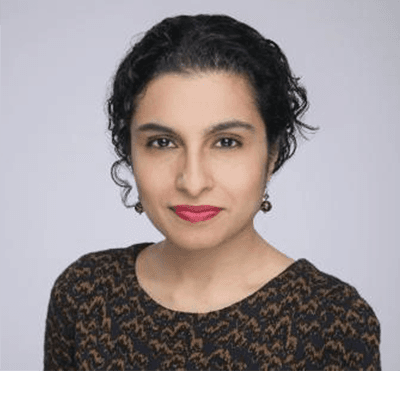
Nail changes associated with cancer therapy
Nail unit Lichen Planus : diagnosis and treatment

Onychotillomania

Retronychia : evaluation and treatment plans

Intralesional Therapies in Nail Disorders
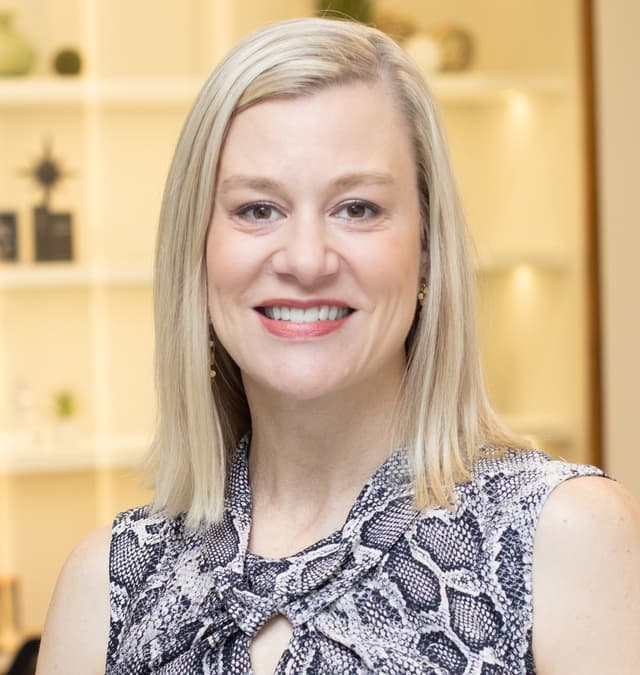
Onycholysis Management

Chronic Paronychia
Thomas Stringer MD
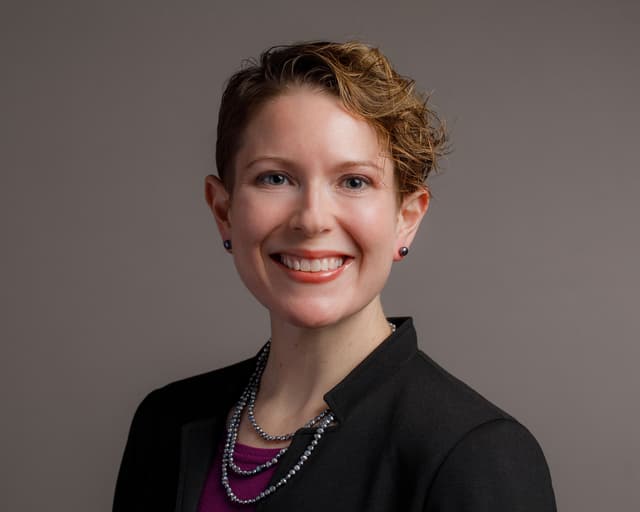
Nail signs of systemic disease

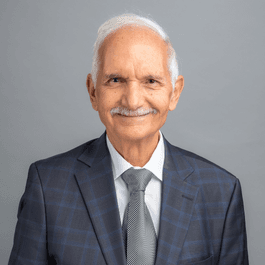

Discussion - Inflammatory
Michela Valeria Rita Starace (MD, PhD), Nejib Doss (MD), Matilde Iorizzo (MD, PhD)
Infections
Molly Hinshaw, Archana Singal, Kwang-Ho Kim

Onychomycosis in adults

Onychomycosis: pro and cons of the different diagnostic methods
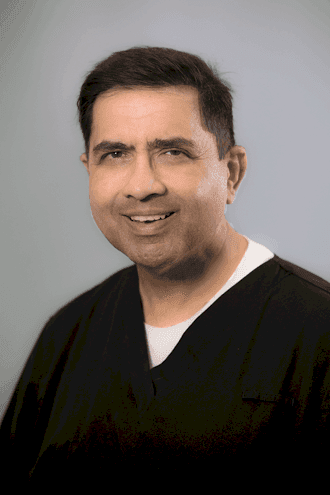
Evaluation
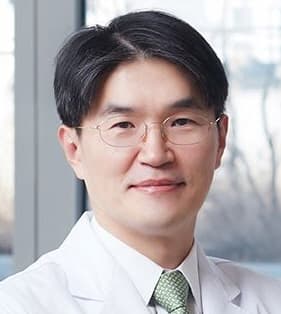
Treatment of Refractory periungual warts
.jpg&w=640&q=75)
Parasitic infections of the nails
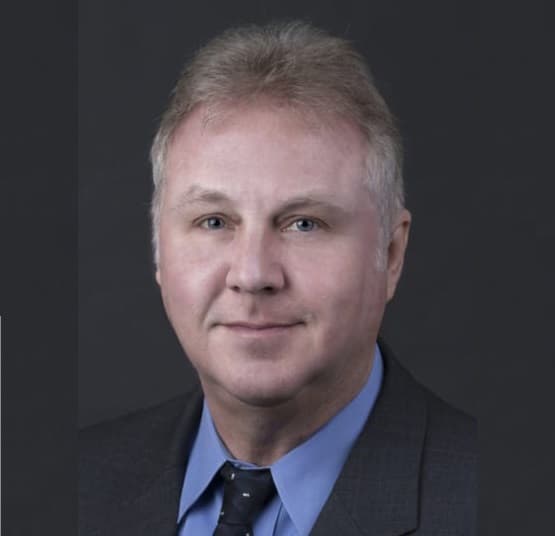
When a Fungal Nail is Not a Fungal Nail
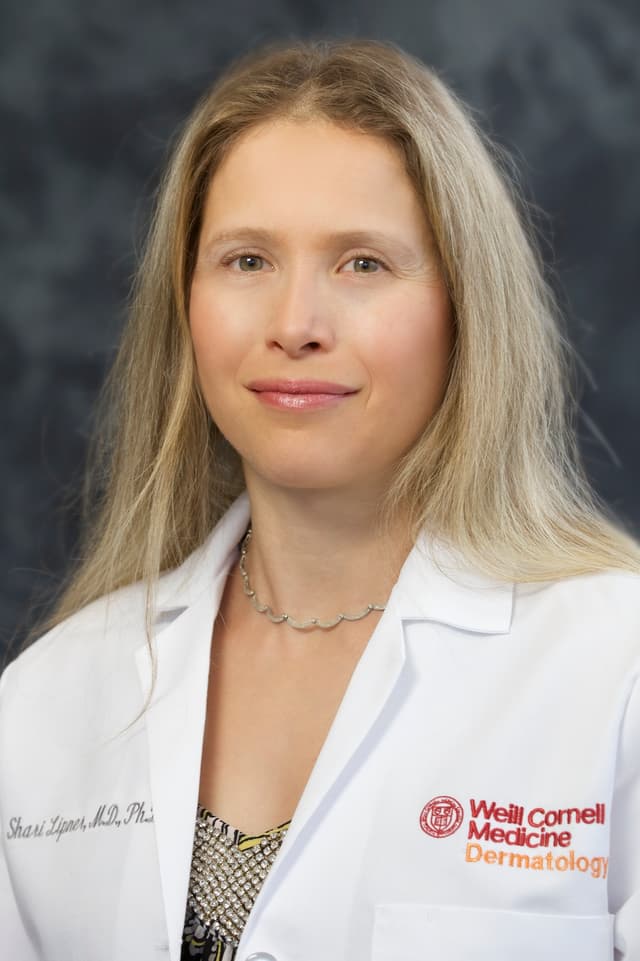
Safety of Antifungal Treatments
.jpg&w=640&q=75)
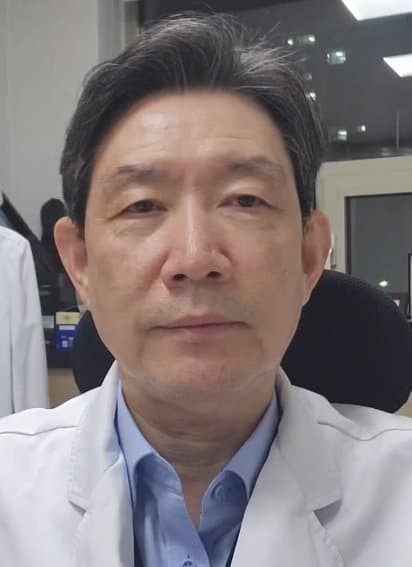

Discussion - Infection
Archana Singal (MD, FAMS), Kwang-Ho Kim (PhD,MD), Molly Hinshaw (MD, FAAD)
Nail Surgery
Eckart Haneke, Adam Rubin, Sushil Tahiliani

Patient preparation and anesthesia techniques
Nilton Di Chiacchio MD
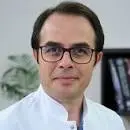
Nail biopsy techniques
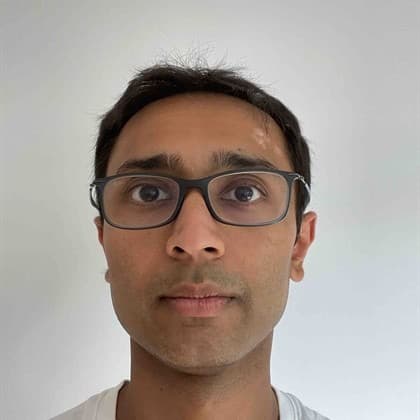
Dressing in nail surgery
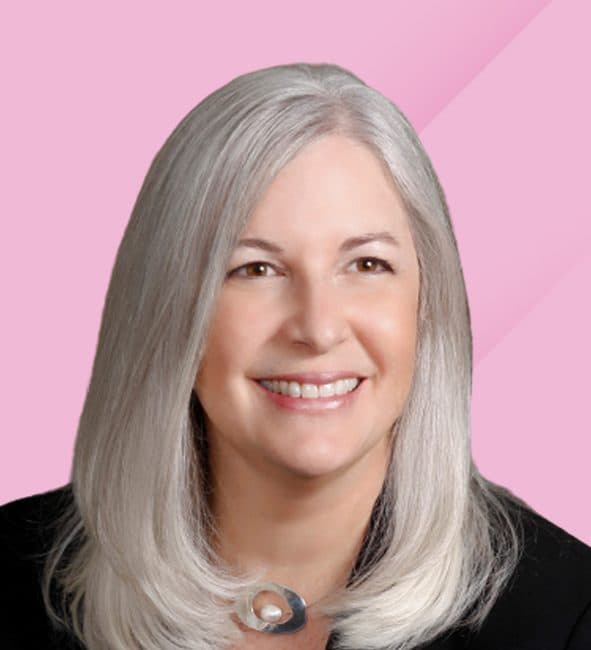
How to optimize your nail specimen
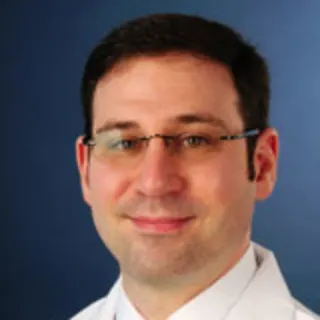
The diagnostic value of nail clippings
Adam Rubin MD
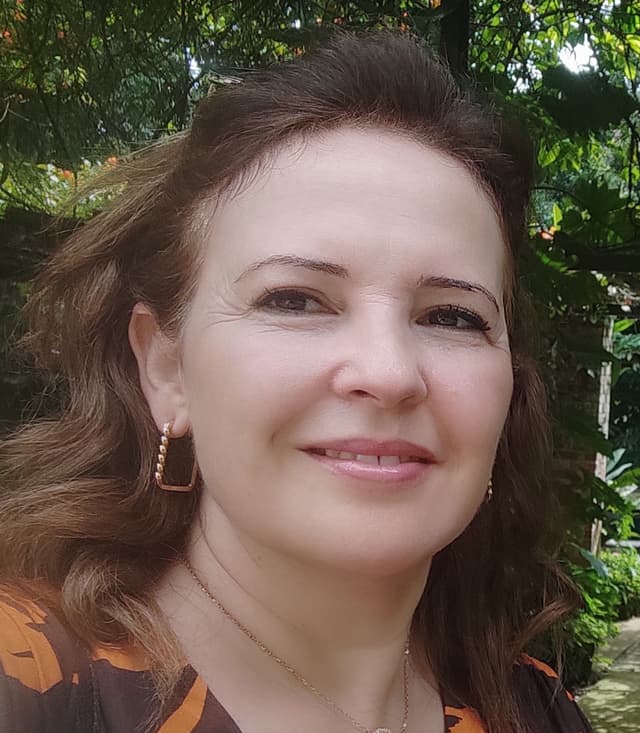
Ingrown nail: evaluation and treatment plans
sana mokni MD
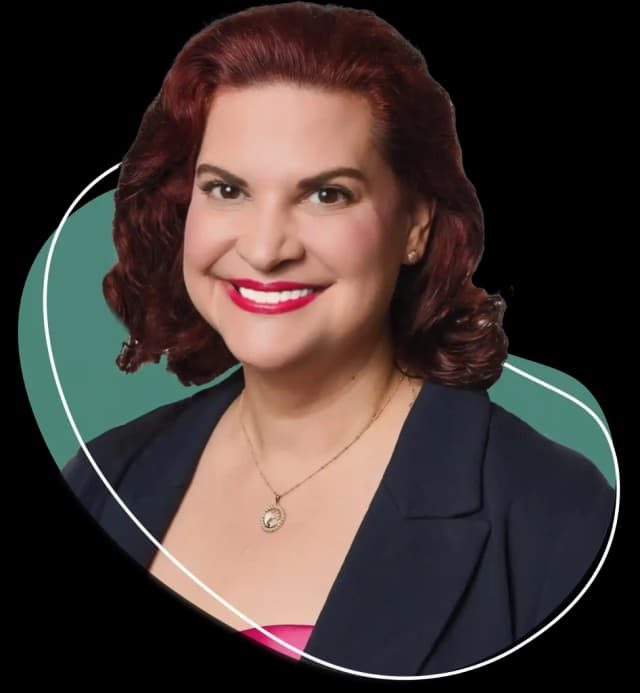
Ingrown nail surgery
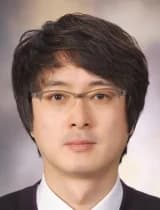
How to handle complications in nail surgery
Je-Ho Mun MD

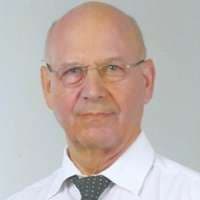
Discussion - Nail Surgery
Adam Rubin (MD), Eckart Haneke (MD, PhD)
Nail Tumors
Chander Grover, Bertrand Richert, Joung Soo Kim, Judith Dominguez-Cherit
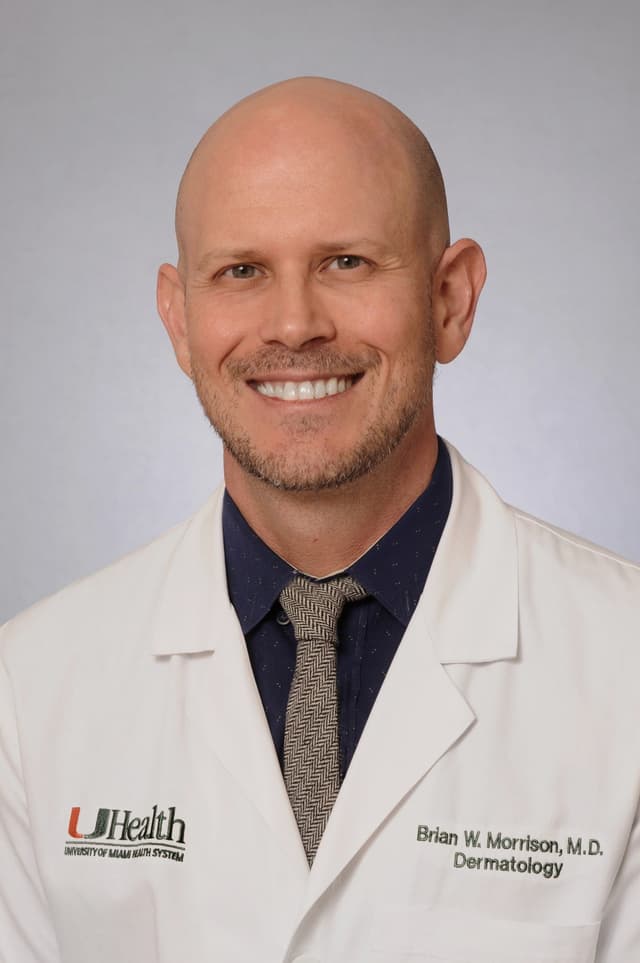
Monodactylous Longitudinal Nail Plate Change
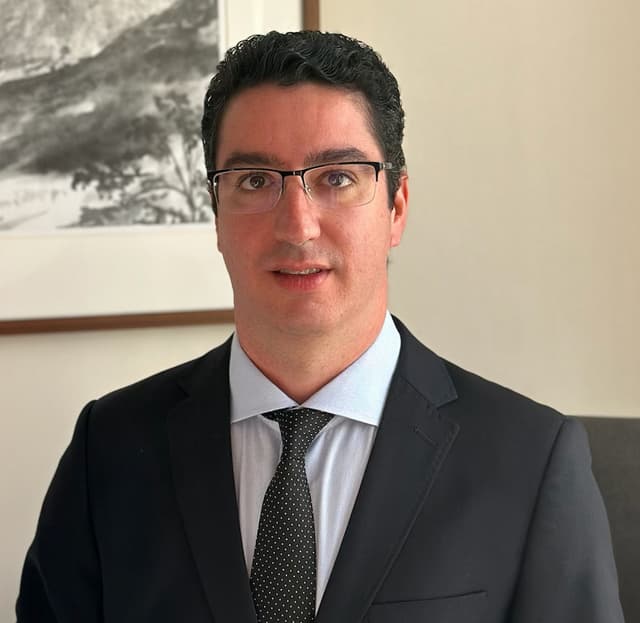
Benign nail tumors
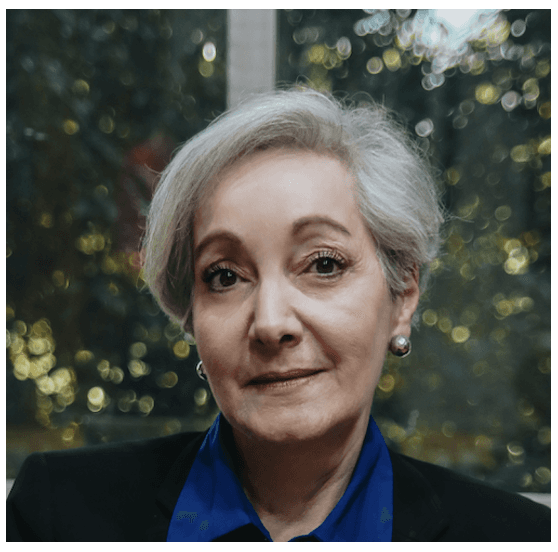
Bowen's disease and SCC

Longitudinal melanonychia
Erythronychia: Differential diagnosis
Salim Gallouj MD

Nail unit melanoma
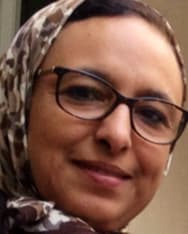
Glomus tumor: Clinical to therapeutic aspects
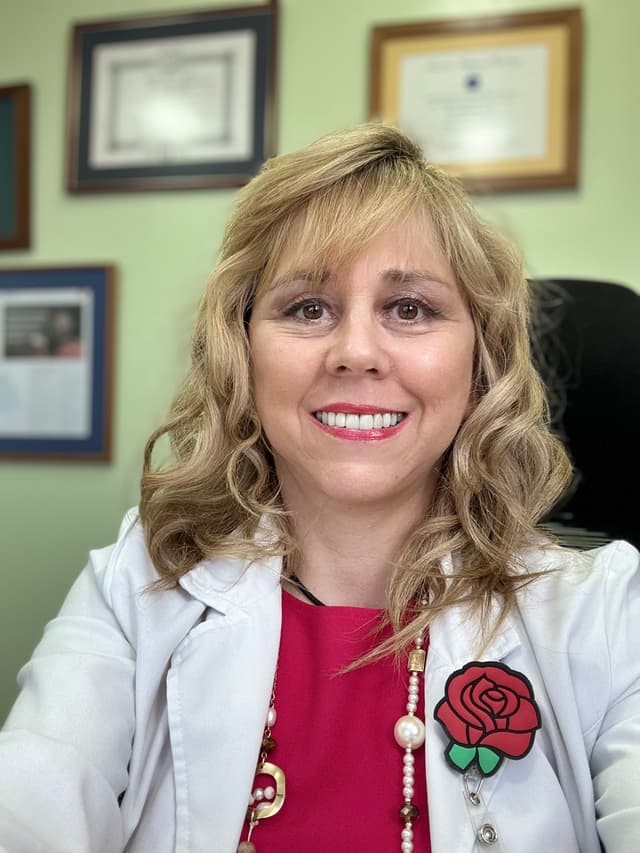
Nail tumors: Diagnosis through imaging

Nail tumors: Diagnosis through onychoscopy
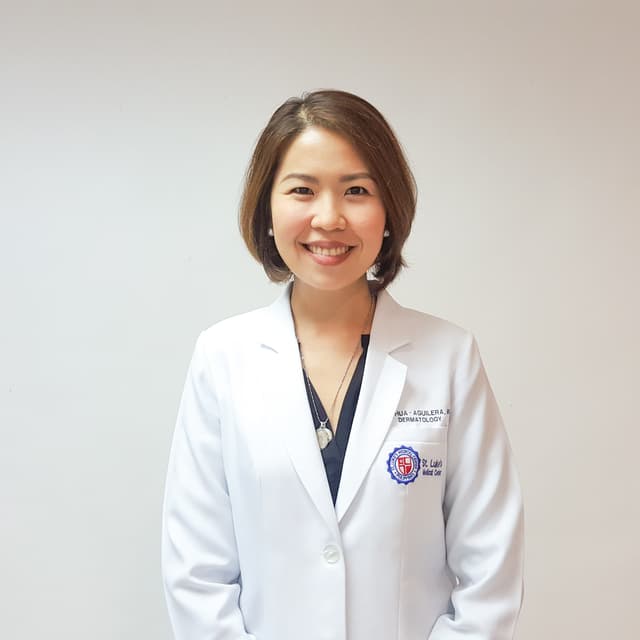
The Basics in Nail Pathology



Discussion - Nail Tumors
Bertrand Richert (MD), Judith Dominguez-Cherit (MD), Chander Grover (MD)
Nail Cosmetics
Nilton Gioia di Chiacchio, Ines Zaraa
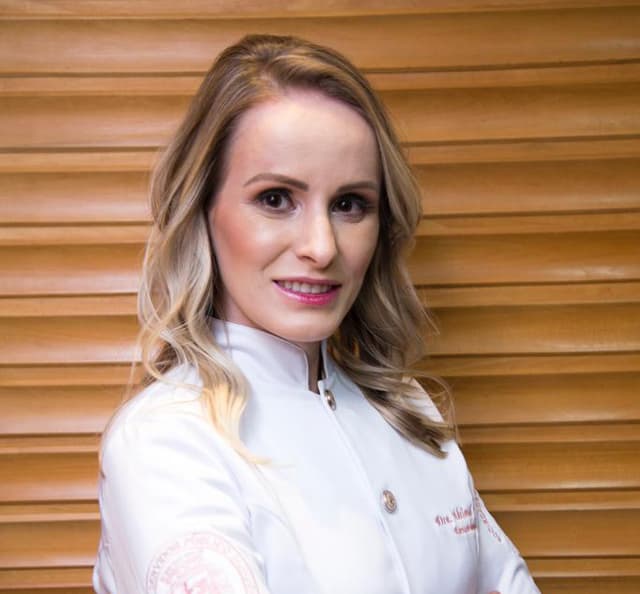
Brittle nails
.jpg&w=640&q=75)
Side effects from gel nail polish

Nail peeling: when and how

Nail supplements



Discussion - Nail Cosmetics
Adriana Matter (MD), Ines Zaraa (MD), Nilton Gioia Di Chiacchio (MD, PhD)
Pediatric Nail Disorders
Vineet Relhan, Julie Mervak
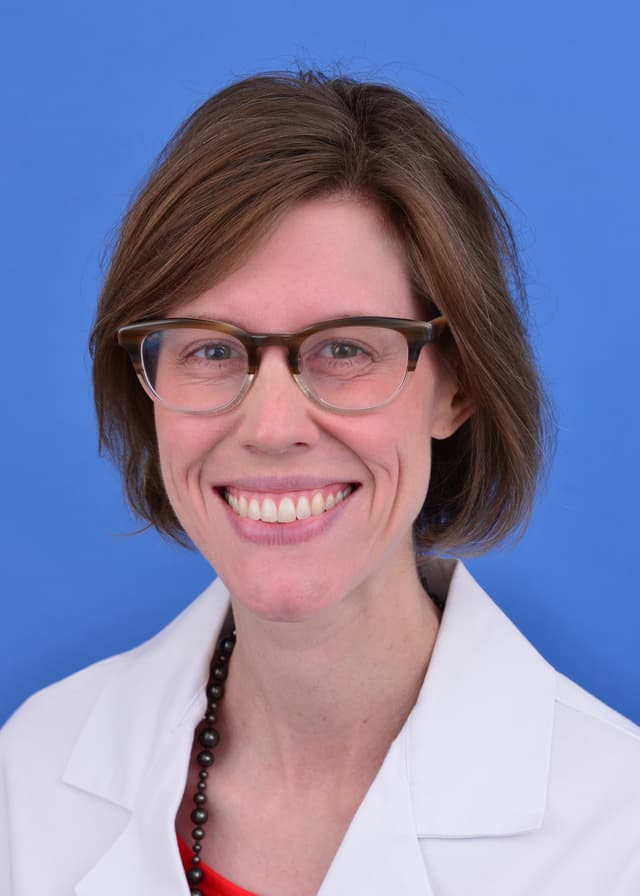
Pediatric melanonychia
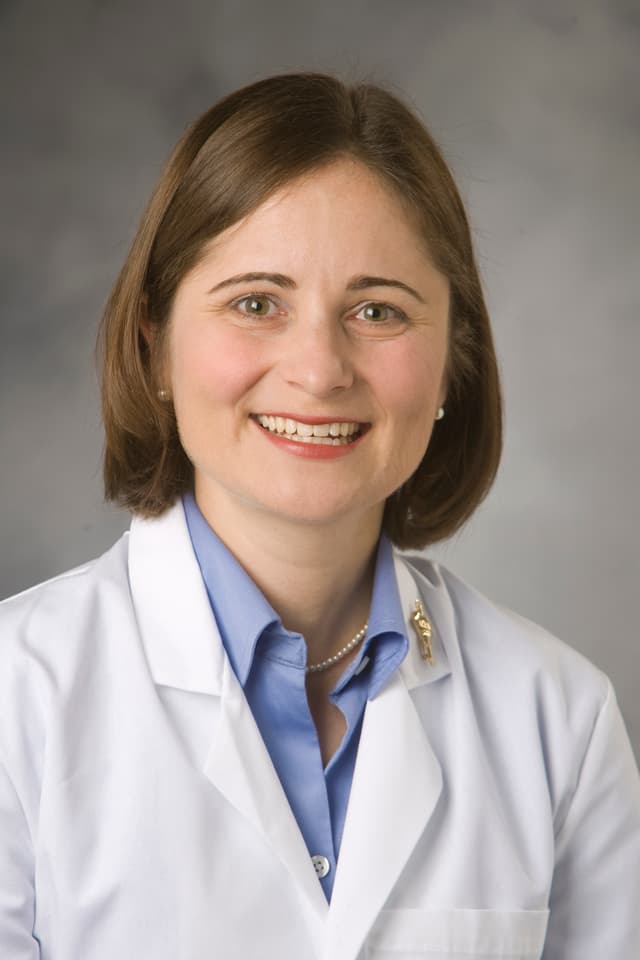
Pediatric nail psoriasis
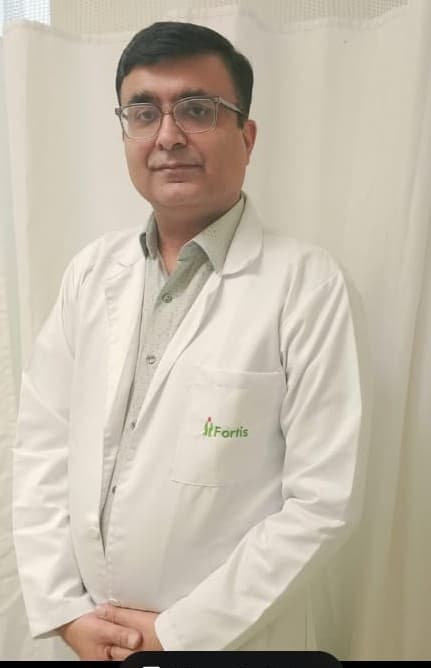
Trachyonychia

Self-induced nail disorders in children
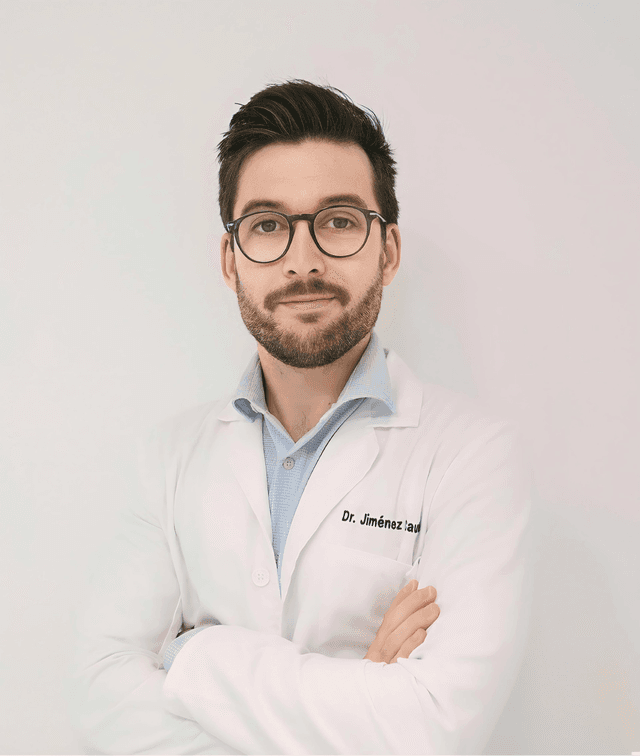
Congenital Malalignment of the toenail

Congenital nail disorders: a clinical approach






Discussion - Pediatric Nail Disorders
Samira Zobiri (MD), Jane Bellet (MD, FAAD), Shikha Bansal (MD, MBBS), Vineet Relhan (MD, MBBS), Juan Jimenez-Cauhe (MD, PhD), Julie Mervak (MD)
PRESENTATION HIGHLIGHTS
,
Might interest you
.jpg&w=640&q=75)
Nail Disorders Management
Chair: Prof. Noureddine Litaiem, MD
This specialized course offers a comprehensive update on Nail Disorder diagnosis and treatment, featuring six expert-led modules covering inflammatory conditions, infections, cosmetic aspects, tumors, surgical techniques, and pediatric nail disorders.
Through video lectures and self-assessments (10 MCQs), participants will enhance their clinical skills in identifying and managing various nail pathologies. The program is designed for dermatologists and healthcare professionals seeking to advance their knowledge of contemporary approaches to nail disease management.
Format: Online self-paced learning
Assessment: Multiple-choice questions (MCQs)
Outcome: Certificate of completion upon finishing all modules and assessments

Pigmentation
Chair: Dr Patrick HUANG,
Hyperpigmentation is excess skin color from melanin. Understand melanin synthesis mechanisms and main causes.
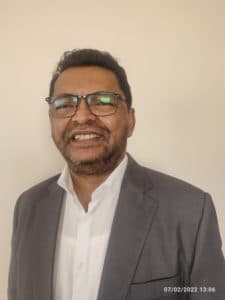
Cutaneous Medicine: Multidisciplinary Approaches in Dermatology
Chair: Prof. Fahafahantsoa Rapelanoro Rabenja,
This course explores the intersection of dermatology with other medical specialties, emphasizing a collaborative approach to diagnosing and managing complex skin disorders. It covers a wide range of topics, including dermatopathology, rheumatology, oncology, and infectious diseases, highlighting how systemic conditions manifest cutaneously. With contributions from experts in various fields, the text provides comprehensive insights into multidisciplinary care, advanced diagnostic techniques, and innovative treatments. Ideal for dermatologists, internists, and specialists, it bridges gaps between disciplines to improve patient outcomes in cutaneous medicine.
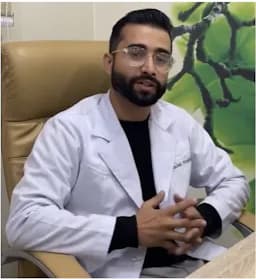
Neglected Tropical Skin Diseases
Chair: Dr. Prajwal Pudasaini, MD
Neglected tropical skin diseases affect poor populations in tropical areas. They include leprosy, mycetoma, and cutaneous leishmaniasis, causing disability and stigma. They receive little attention and resources, leading to poor diagnosis and treatment. Increased awareness and improved healthcare access are needed to help affected communities.
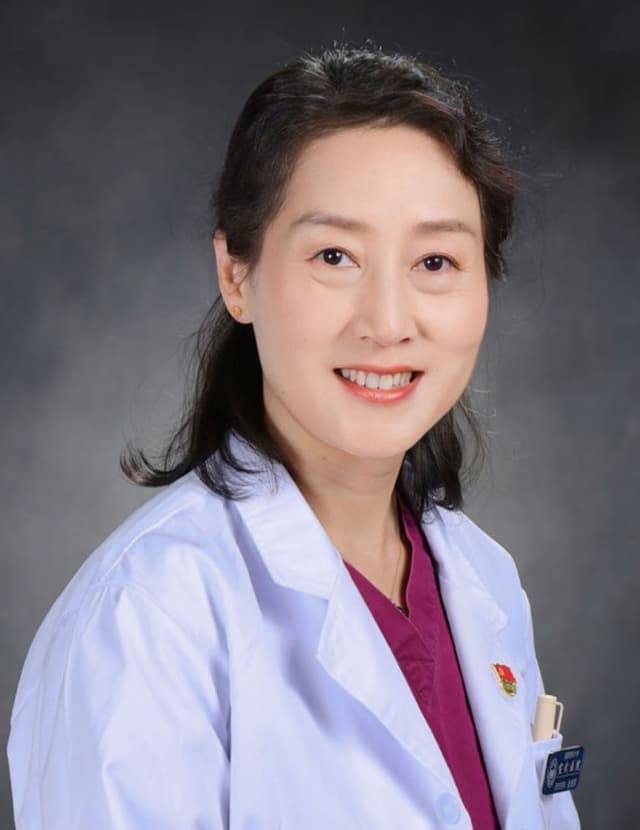
Acne Treatment in China
Chair: Prof. Haiping Zhang, PhD
Acne treatment in China combines traditional methods with modern practices.

Cyspera Medical Education
Chair: Global Dermatology,
Cyspera® is a topical pigment-correcting treatment formulated with cysteamine, a naturally occurring compound that reduces the appearance of persistent hyperpigmentation, including melasma, post-inflammatory hyperpigmentation, and lentigines. It is known for being non-hydroquinone, suitable for long-term use, and effective on all skin types.
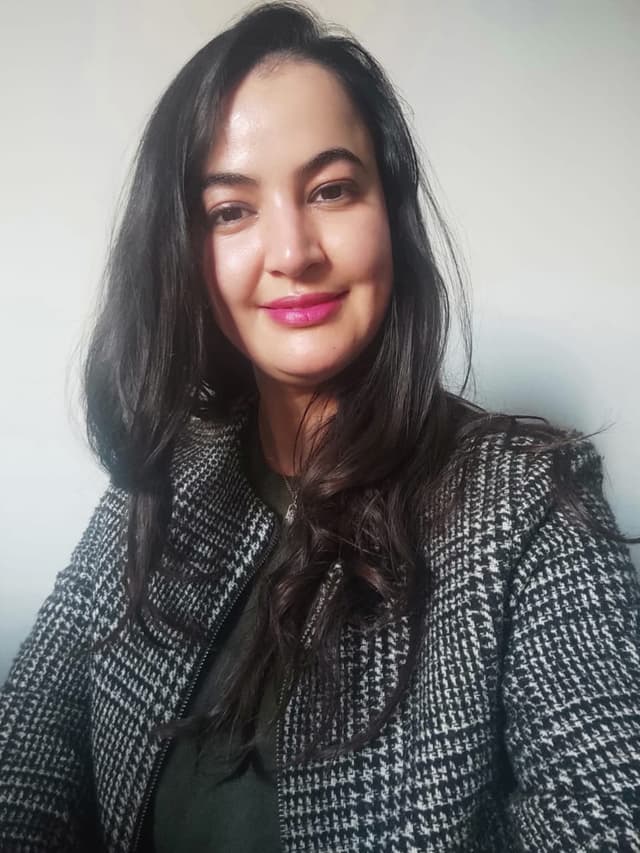
Comprehensive Dermoscopy for Dermatological Practice
Chair: Prof Awatef Kelati, MD
This comprehensive dermoscopy course provides dermatologists and healthcare professionals with essential skills in skin lesion evaluation, covering fundamental principles through advanced diagnostic applications across five key areas: global dermoscopy practices, pigmented lesion analysis (including differentiation of benign and malignant patterns), specialized techniques for skin of color, skin cancer detection (melanoma and non-melanoma), and general dermatological conditions (inflammatory, infectious, and hair/nail disorders). Participants will develop proficiency in recognizing diagnostic patterns, adapting techniques for diverse skin types, and applying dermoscopic algorithms, ultimately enhancing their clinical accuracy through a combination of theoretical knowledge and practical case-based learning. The course emphasizes real-world application, addressing both common and challenging scenarios in dermatological practice.
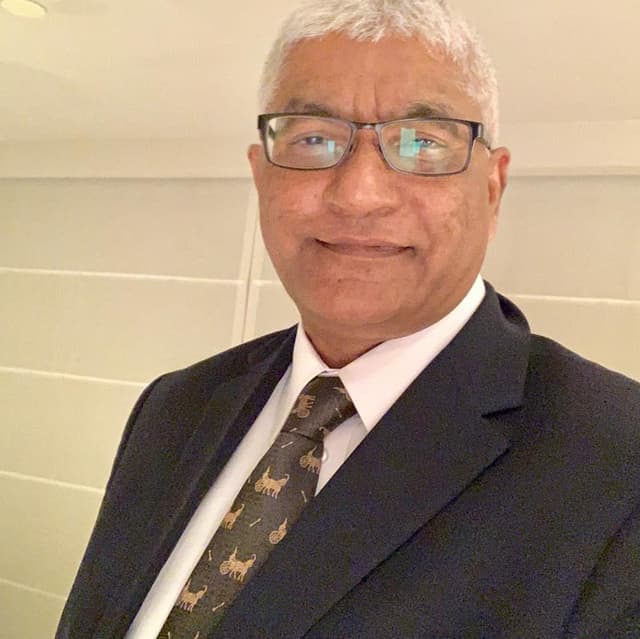
Psychodermatology
Chair: Prof Mohammad Jafferany, MD
This specialized course explores the vital intersection between dermatology and mental health, equipping clinicians with the knowledge and tools to manage psychodermatological conditions effectively. Through a blend of theoretical knowledge and practical application, participants will learn to diagnose and treat dermatological delusional disorders, identify psychiatric comorbidities in skin disease patients, and implement mental health strategies for chronic dermatoses. The curriculum also examines psychological factors in cosmetic dermatology and provides cutting-edge screening techniques for body dysmorphic disorder, including modern digital manifestations like Zoom dysmorphia. Adopting a patient-centered approach, the course emphasizes multidisciplinary management of conditions where psychological and dermatological factors interact. Participants will gain expertise in recognizing psychiatric components of skin diseases, addressing the emotional
burden of chronic conditions, and applying ethical principles in cosmetic practice. The training combines expert instruction with case-based learning to bridge theory and clinical practice. Designed for dermatologists, psychiatrists, psychologists, and primary care providers, this program enhances clinicians' ability to deliver holistic care that addresses both the visible and invisible aspects of skin disorders. Upon completion, practitioners will be better prepared to manage complex psychodermatological cases while improving patient outcomes through integrated mind-skin healthcare.
